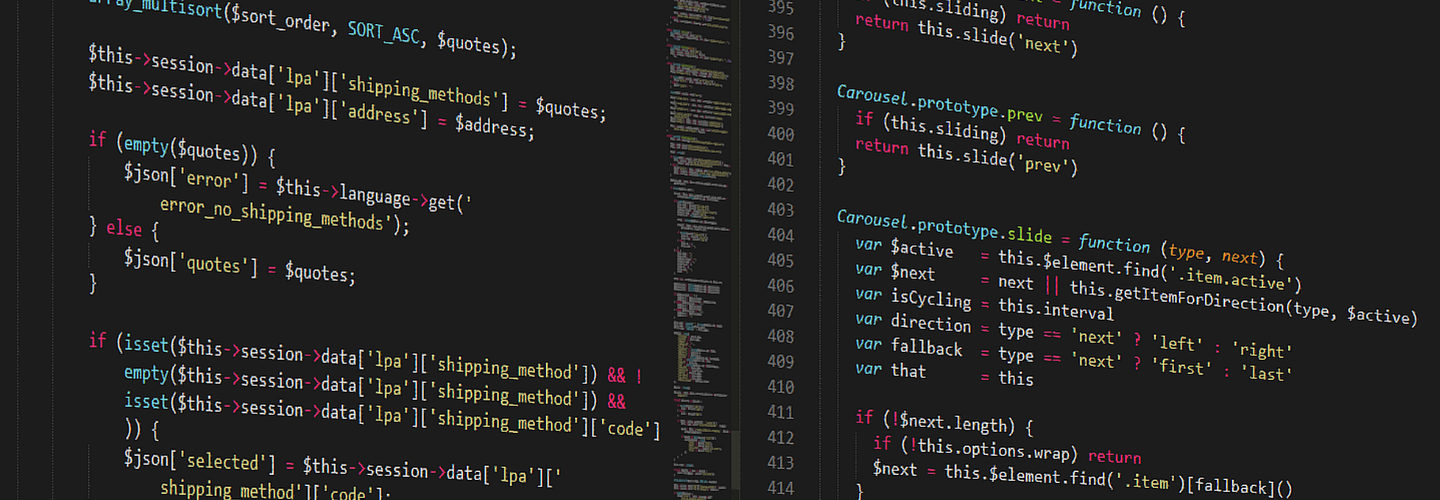Building High-Performance Mobile Apps with React Native

Building High-Performance Mobile Apps with React Native
Why this open-source framework continues to lead the way for scalable cross-platform development
In today’s mobile-first world, users expect lightning-fast, intuitive experiences — no matter what device they’re on. For businesses, this creates a tricky balancing act: how do you build a high-performance app that delivers a seamless experience across platforms without blowing out your development timelines and budgets?
The answer for many forward-thinking teams? React Native.
Why React Native?
Developed by Meta (formerly Facebook), React Native allows developers to build native mobile apps using JavaScript and React. But what makes it stand out in a crowded field of cross-platform tools?
1. One Codebase, Two Platforms
React Native lets you write one codebase for both iOS and Android. This dramatically reduces time-to-market and simplifies maintenance — a win-win for both startups and enterprise teams.
2. Native Performance, React Simplicity
Thanks to its use of native components and a bridge to native APIs, React Native apps feel and perform like truly native apps. Animations are smooth, transitions are crisp, and responsiveness is top-notch.
3. Modular Architecture & Hot Reloading
React Native’s modular architecture allows for better team collaboration and code reuse. Meanwhile, its hot reloading feature makes it easy to see changes instantly without rebuilding the entire app — ideal for rapid iteration and bug fixing.
Performance Tips: Getting the Most Out of React Native
While React Native is capable of delivering excellent performance, thoughtful development is key. At Bluegrass Digital, we’ve delivered several React Native projects and learned a few best practices along the way:
- Optimise image loading: Use compressed formats and lazy loading techniques to avoid bogging down the UI.
- Avoid unnecessary re-renders: Implement React.memo and useCallback to reduce performance hits.
- Use native modules wisely: Where performance matters most (e.g. video, AR), consider integrating native code.
- Minimise third-party dependencies: Keep the codebase lean by choosing only well-maintained libraries.
When to Choose React Native
React Native is an excellent choice if:
- You want to build an app quickly for both iOS and Android
- You have limited development resources or need to reduce costs
- Your app includes standard UI components, APIs, and functionality
- You plan to iterate and release updates frequently
However, for graphically intensive apps (e.g. 3D games or complex video editing tools), a fully native solution may still be a better fit.
Real-World Wins
From startups to enterprises, companies like Instagram, Bloomberg, Shopify and even Microsoft have built with React Native.
Why?
Because it strikes a powerful balance between development speed, performance, and user experience.
At Bluegrass Digital, we’ve helped clients build scalable, high-performance mobile applications using React Native that seamlessly integrate with existing systems, reduce costs, and deliver exceptional user satisfaction.
Final Thoughts
React Native continues to evolve, and with its strong developer community and Meta’s backing, it’s only getting better. For businesses looking to launch quickly, iterate often, and maintain quality — React Native is more than a cost-saving tool. It’s a strategic technology choice.
Ready to build your next high-performance app?
Let’s talk React Native — and how we can bring your vision to life.
